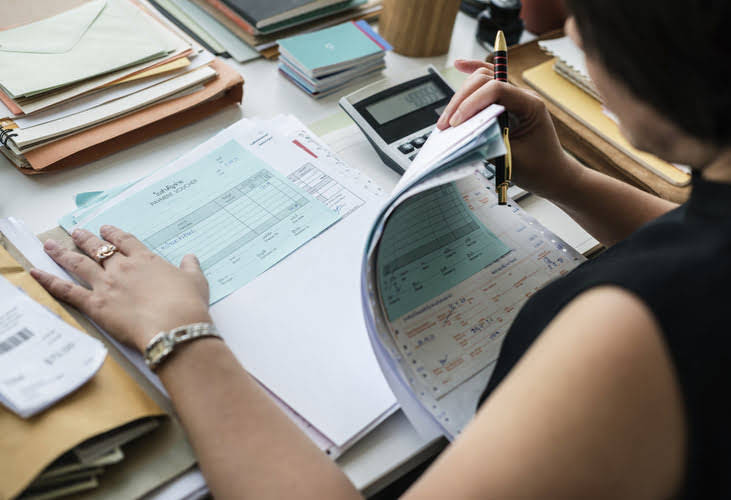
This systematic allocation aims to match the expense of using the asset with the revenues it helps generate each period. It reflects the gradual consumption, wear and tear, or obsolescence of the asset over time. This information is critical for accountants, bookkeepers, business owners, and financial analysts. Everyone involved in financial reporting must have a clear understanding of plant assets. A plant asset is an asset with a useful life of more than one year that is used in producing revenues in a business’s operations. Supplies, even if tangible, are consumed quickly and don’t fit the long-term use criteria.
- Plant assets are used in the ordinary course of business operations and are not held for sale to customers.
- Land is a prominent example, as it is a physical asset used for operations and has an indefinite useful life, meaning it generally does not wear out.
- Equipment, such as machinery, vehicles, and furniture used in operations, also falls under this category.
- These items are tangible, provide economic benefits over several years, and are directly involved in producing goods or providing services.
- Professional fees, such as those paid to architects for building design or engineers for machinery setup, are also added to the asset’s capitalized cost.
- A plant asset, often referred to as a fixed asset, represents a long-term tangible resource owned by a business.
#1 – Straight Line Method

Urgent clarification needed for accounting professionals and business owners! Misclassification of assets can lead to significant financial reporting errors. These examples illustrate the diversity of plant assets and their importance in supporting efficient, continuous, and high-quality manufacturing operations. Land is a prominent example, as it is a physical asset used for operations and has an indefinite useful life, meaning it generally does not wear out. Buildings, such as offices, factories, or warehouses, also fall into this category because they are tangible structures used over many years to support business activities. Plant assets fall under the fixed asset category and can be used in the business for more than one year.
Examples

It would depend upon the company accounting policies, management, and expected usage of the asset, to opt for the suitable depreciation method. Small businesses and large corporations alike need to ensure accurate categorization of these assets for compliance and informed decision-making. If you picture a business as a process that creates wealth for the owners, PP&E are the physical machine. Left by themselves, PP&E just sit there, but put into action by people with energy and purpose, they become a money-making machine. Plant assets must also be reviewed for impairment at regular intervals. This classification is rarely used, having been superseded by such other asset classifications as Buildings and Equipment.

Types of Plant Assets
These assets are expected to last more than one accounting period and provide value to the company over an extended period. It is important to note that plant assets cannot be easily converted into cash and are not intended CARES Act for resale. Plant assets are a group of assets used in an industrial process, such as a foundry, factory, or workshop.
Continuous professional development is vital for maintaining accurate financial reporting practices. Verify that https://ndoubiokineticist.co.za/contra-accounts-definition/ all plant assets are correctly identified and depreciated. Incorrectly classifying a plant asset can distort a company’s financial statements. This affects key ratios like return on assets (ROA) and debt-to-asset ratios.
They are recorded at cost and are depreciated over the estimated useful life, or the actual useful life, whichever is lower. Buildings are another type of plant asset that is expected to provide long-term value to the company. This category includes any structures used for business purposes, such as warehouses, factories, and office buildings. Depreciation is the accounting process of allocating the cost of a tangible plant asset over its useful life.
Types of Accounting practice set
- It would depend upon the company accounting policies, management, and expected usage of the asset, to opt for the suitable depreciation method.
- Urgent clarification needed for accounting professionals and business owners!
- They cannot be easily converted into cash and are not intended for resale.
- Let’s take another look at The Home Depot, Inc. balance sheet as of February 2, 2020.
- They are recorded at cost and are depreciated over the estimated useful life, or the actual useful life, whichever is lower.
They can provide expert guidance specific to your business situation. Let’s which of the following is classified as a plant asset? take another look at The Home Depot, Inc. balance sheet as of February 2, 2020.
